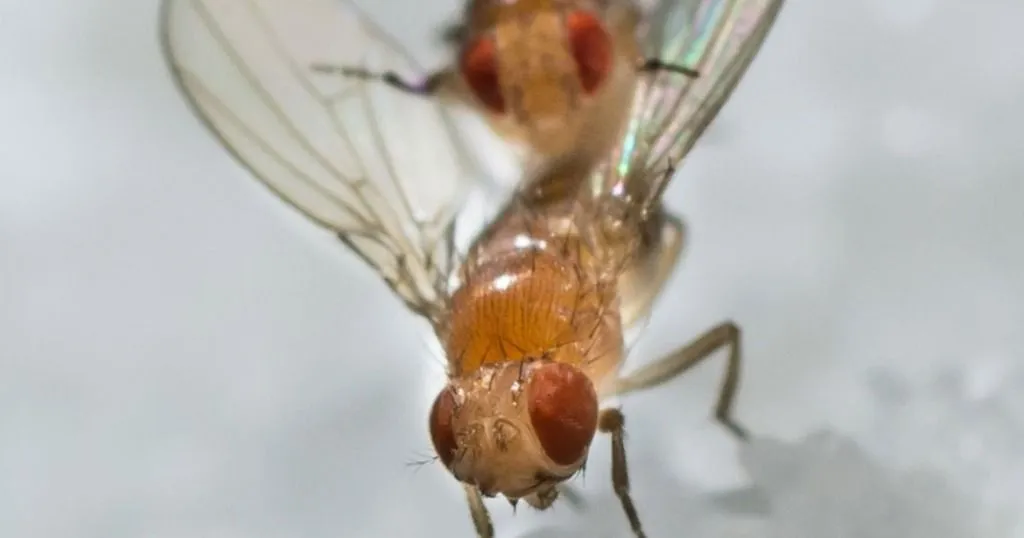Measuring behavior of coral larvae in response to antifouling coatings

What effect do ship hull coatings have on coral viability and restoration? And how can non-toxic alternatives effect mobility behavior in coral larvae?
Posted by
Published on
Thu 12 Jan. 2023
Topics
| Ecotoxicology | EthoVision XT | Toxicity | Ecosystem |
The pressure on tropical coral reefs and coastal areas due to climate change and human activity remains ever-increasing. Heat stress is a well-known example as one of these factors, but also antifouling agents from ships (mostly from ship groundings) can lead to heavy contamination of coral reefs.
Toxic marine coatings
Antifoulings, usually applied in by painting, are specialized coatings on hulls of ships (or other marine man-made structures) to slow down or even prevent the growth of (sub)aquatic organisms. This is aimed at performance and cost management of said ship. Historically, antifouling paints have been known to contain a considerable amount of toxic compounds, such as tributyltin (banned) and copper, greatly affecting marine life. Paint particles eaten by the smallest of organisms, such as (zoo)plankton, can trickle down into the food chain and cause bioaccumulation in larger species such as fish.

The effect of antifoulings on coral reefs
In coral reefs, antifouling agents have been found to inhibit coral larval settlement and survival, which are crucial for reef recovery. Non-toxic antifouling alternatives may decrease toxicity, which indeed seems to be the case for coral larvae [1]. However, Lisa Röpke from the Leibniz Centre for Tropical Marine Research in Bremen (Germany), flags attention for behavioral responses in coral larvae such as mobility/swimming activity during exposure to these potentially non-toxic agents.
If mobility of coral larvae is compromised in any way, other functional responses such as habitat selection, feeding, predator avoidance, competition and reproduction are also at risk, all-in-all reducing fitness and survival of coral larvae. This is why measuring behavior is crucial and the development of innovative tools, that allow for automatic and quantitative measurements of behavior, may complement ecotoxicological studies significantly.
Acropora millepora and EthoVision XT
Röpke’s most recent study focusses on the behavior of Acropora millepora coral larvae [2]. Per exposure group, 32 larvae were recorded for 25 min in a dark box while tracking analysis was performed with Noldus’ EthoVision XT. Three recently-developed, and potentially non-toxic, antifouling coatings were tested: (1) antiadhesive (silicon-based sol-gel coatings which exhibit antiadhesive surface properties), (2) cerium dioxide (CeO2-x) nanoparticle and (3) encapsulated biocide dichlorooctylisothiazolinone (DCOIT).
Decreased mobility
Swimming velocity and activity of Acropora millepora coral larvae were measured, and were found to be considerably decreased during exposure to all three antifouling compounds, with a 2-fold decreased mean swimming velocity in one treatment, compared to the control. In the DCOIT exposed group, activity and velocity were decreased to almost zero.

Measuring behavior is essential
Measuring behavior in coral larvae is extremely innovative. And the results of this study by Röpke et al. suggest that these coatings do have an effect on larval behavior, however without a clear indication whether this is due to biochemical interaction(s) with the larvae, toxicity, physical topographies, or some combination of these.
The coatings measured in this study were originally presumed to be non-toxic, thus to not cause mortality or interferences with juvenile coral fitness. However, when applied freshly without former conditioning in natural seawater they do seem to affect ecologically relevant parameters that are of extreme importance to coral reef viability. These changes in behavior are thus important endpoints to consider.
Standardization
The study by Röpke [2] also provides an insightful manual for using EthoVision XT with coral larvae, providing other scientists the means to perform rapid and reliable quantification of behavior in similar research, while also working towards standardization of such protocols.

Literature- Roepke, Lisa K.; Brefeld, David; Soltmann, Ulrich; Randall, Carly J.; Negri, Andrew P.; Kunzmann, Andreas (2022). Antifouling coatings can reduce algal growth while preserving coral settlement. Sci. Reports 2022 121, 12 (1), 1–14
- Roepke, Lisa K.; Brefeld, David; Soltmann, Ulrich; Randall, Carly J.; Negri, Andrew P.; Kunzmann, Andreas (2022). Applying behavioral studies to the ecotoxicology of corals: A case study on Acropora millepora. Front. Mar. Sci., 9, 2458
Related Posts

Examples of Animal Behavior Research

The power of rejection (in fruit flies)

